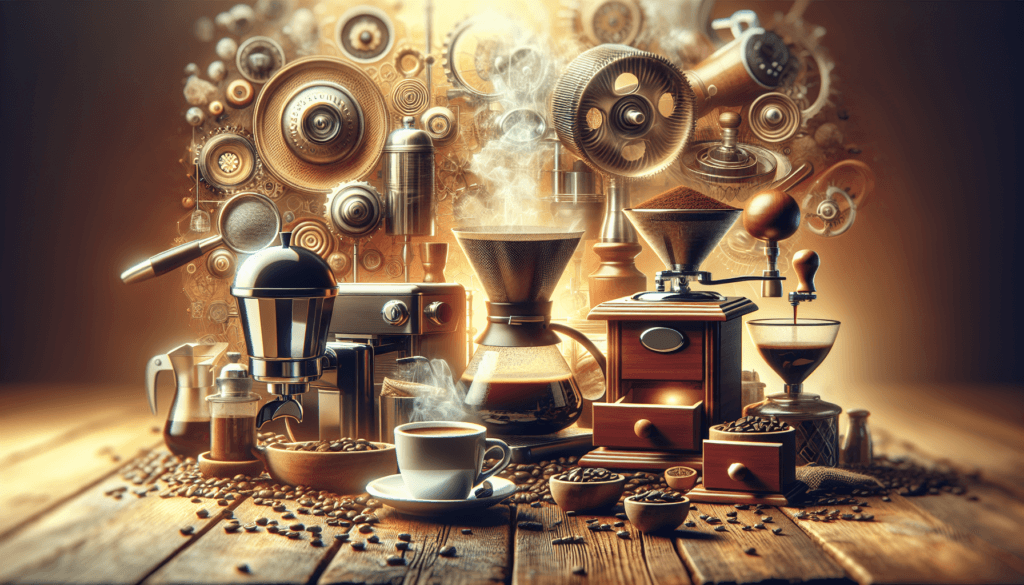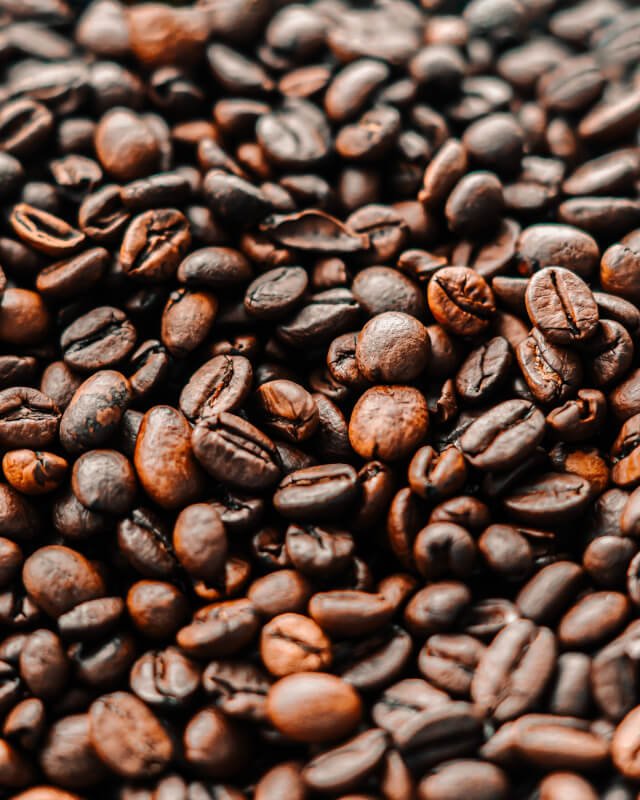In this article, you will discover the secrets to brewing the perfect cup of coffee. Whether you’re a die-hard coffee enthusiast or just looking to elevate your morning routine, these tips and tricks will guide you towards a flavorful and aromatic cup that hits all the right notes. From selecting the right beans and grinding them to perfection, to the optimal water temperature and brewing time, you’ll learn all the essential steps to create a cup of coffee that truly satisfies your taste buds. So, grab your favorite mug and get ready to embark on an exciting coffee-making journey!
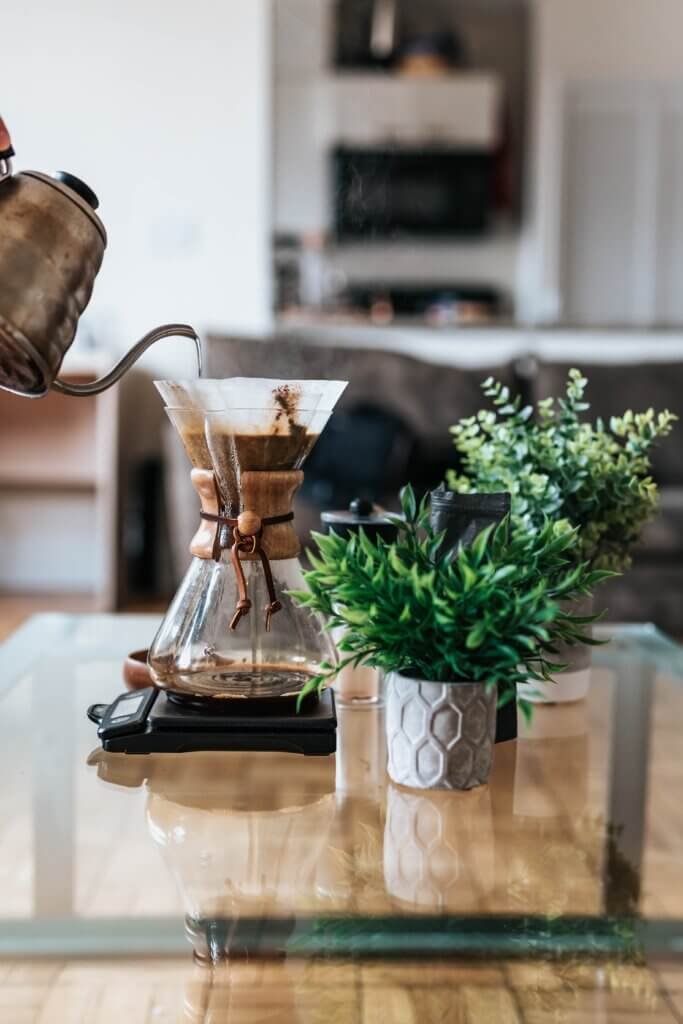
Choosing the Right Coffee Beans
Decide on the Coffee Origin
When it comes to choosing the right coffee beans, the first step is to decide on the origin of the coffee. Different regions around the world produce coffee beans with distinct flavors and profiles. Some popular coffee origins include Ethiopia, Colombia, Brazil, and Costa Rica, each offering unique characteristics to suit various taste preferences.
Consider the Roast Level
The next consideration in choosing the right coffee beans is the roast level. The roast level of coffee beans can range from light to medium, medium-dark, and dark. Lighter roasts tend to have a brighter and more nuanced flavor, while darker roasts offer a rich and bold taste. It’s important to choose a roast level that aligns with your preferred flavor profile to enhance your coffee drinking experience.
Evaluate the Coffee Bean Quality
To ensure the best cup of coffee, it’s crucial to evaluate the quality of the coffee beans. Look for beans that are fresh, recently roasted, and have a pleasant aroma. Additionally, pay attention to the appearance of the beans. They should have a uniform color and no signs of damage or defects. Choosing high-quality coffee beans will ensure a more flavorful and satisfying brew.
Determining the Ideal Grind Size
Understanding the Importance of Grind Size
The grind size plays a key role in determining the flavor and characteristics of your coffee. Different brewing methods require specific grind sizes to optimize extraction and taste. Finer grinds are suitable for espresso machines, while coarser grinds work better for French press or pour-over methods. Understanding the importance of grind size will help you achieve the perfect cup of coffee.
Matching Grind Size to Brewing Method
To achieve the best results, it’s important to match the grind size to the brewing method you’re using. A finer grind is ideal for methods that involve shorter brewing times, such as espresso machines. On the other hand, a coarser grind is better suited for methods like French press, which have longer steeping times. Adjusting and experimenting with different grind sizes will allow you to find the perfect balance for your preferred brewing method.
Investing in a Good Coffee Grinder
Investing in a good coffee grinder is essential for achieving the ideal grind size. Pre-ground coffee may not always provide the freshest and most consistent grind. By grinding your coffee beans just before brewing, you can ensure the flavors are at their peak. Look for a grinder that allows you to adjust the grind size and invest in a burr grinder for more precise and even grinding.
Water: The Key Ingredient
Using Fresh, Cold Water
Water is an often overlooked but crucial element in making the perfect cup of coffee. For the best results, always use fresh, cold water. Avoid using preheated water or water that has been sitting in a kettle for too long, as it can affect the taste and quality of your brew. Fresh water ensures a clean and pure foundation for your coffee.
Measuring the Right Water-to-Coffee Ratio
To achieve the optimal flavor and strength in your coffee, it’s important to measure the right water-to-coffee ratio. A general guideline is to use 1 to 2 tablespoons of coffee for every 6 ounces of water. However, you can adjust this ratio based on your personal preference. Experiment with different ratios to find the perfect balance that suits your taste.
Filtering Tap Water if Necessary
Depending on the quality of your tap water, you may need to filter it before using it for brewing coffee. Chlorine or mineral content in tap water can affect the taste of your brew. Consider using a water filter or investing in a high-quality water filtration system to remove any impurities and improve the quality of your water. This will ultimately result in a better-tasting cup of coffee.
Mastering the Brewing Method
Drip Brewing
Drip brewing is a popular and convenient method for making coffee. It involves pouring water over a bed of coffee grounds in a paper or reusable filter. The water drips through the grounds, extracting the flavors and oils, and collecting in a carafe or pot. Drip brewing provides a consistent and well-balanced cup of coffee, perfect for everyday enjoyment.
Pour-Over Brewing
Pour-over brewing allows for more control and precision in the brewing process. It involves pouring hot water over a coffee bed using a specific pouring technique. The water flows through the grounds and into a vessel below, resulting in a cleaner and more nuanced cup of coffee. Pour-over brewing requires attention to detail and practice to master, but the end result is often well worth the effort.
French Press Brewing
French press brewing is known for its full-bodied and robust coffee. It involves steeping coarsely ground coffee in hot water for several minutes before pressing down a plunger to separate the grounds from the liquid. French press brewing allows for a stronger extraction, capturing more of the flavor compounds and oils, resulting in a rich and flavorful cup of coffee.
Moka Pot Brewing
Moka pot brewing is a traditional Italian method that produces a strong and concentrated brew. It consists of a two-chamber design where water is heated in the bottom chamber, creating pressure that forces the water through the coffee grounds and into the top chamber. Moka pot brewing offers a unique and bold coffee experience, reminiscent of espresso.
Espresso Brewing
Espresso brewing is a specialized method that produces a concentrated and intense shot of coffee. It requires an espresso machine and fine coffee grounds. The water is pressurized and forced through the grounds, resulting in a small yet flavorful shot of espresso. Espresso brewing offers a wide range of flavors and is the foundation for many popular coffee beverages.
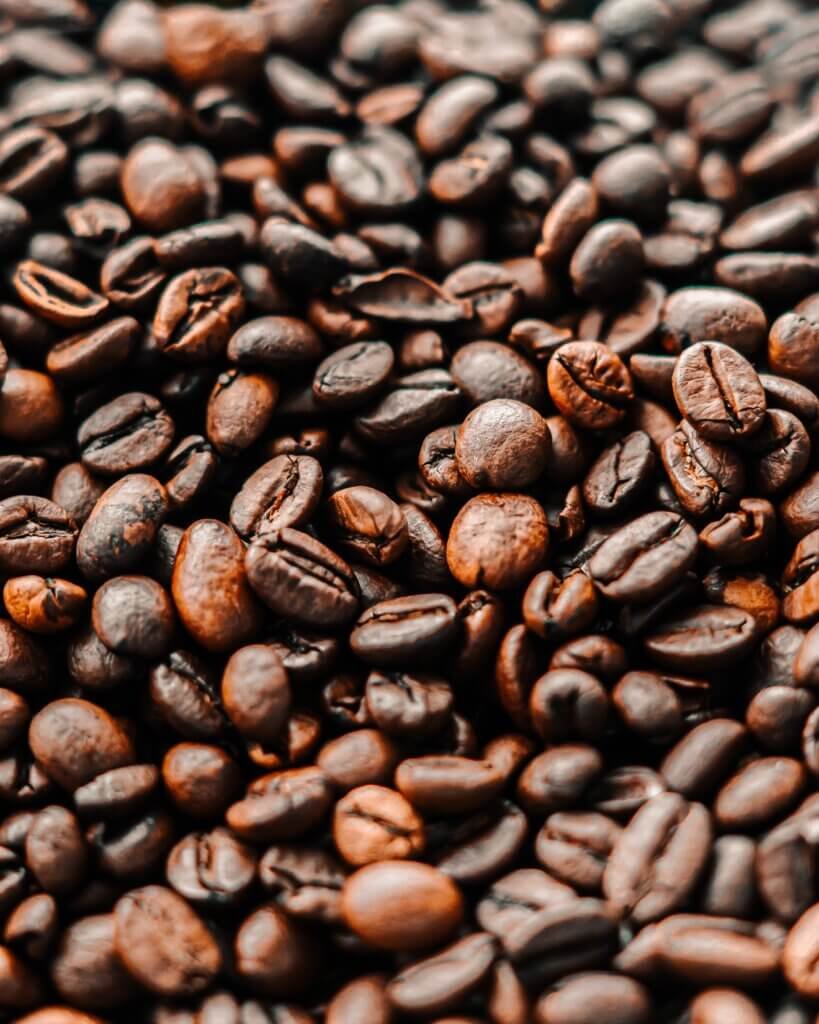
Maintaining the Optimal Brewing Temperature
Understanding the Temperature Range
The optimal brewing temperature for coffee falls between 195°F to 205°F (90°C to 96°C). It’s important to brew within this temperature range to extract the desired flavors from the coffee grounds. Too high of a temperature can result in bitterness, while too low of a temperature may lead to under-extraction and a weak flavor profile. Understanding and maintaining the correct brewing temperature is crucial for achieving the perfect cup of coffee.
Preheating Your Brewing Equipment
To ensure the brewing temperature remains optimal throughout the process, it’s essential to preheat your brewing equipment. Preheating the coffee maker, French press, or espresso machine helps retain the heat and prevent any temperature fluctuations that may affect the extraction and flavor. Simply pour hot water into the equipment and let it sit for a few minutes before brewing.
Avoiding Overheating or Underheating
While maintaining the optimal brewing temperature is important, it’s equally crucial to avoid overheating or underheating the coffee. Overheating can result in burnt and bitter flavors, while underheating can lead to under-extraction and a weak brew. Monitor the temperature carefully during the brewing process and make adjustments as needed to achieve the perfect balance.
Blooming the Coffee
What is Coffee Blooming?
Coffee blooming refers to the release of gases trapped within freshly roasted coffee beans when water comes into contact with them. During the blooming process, the coffee grounds swell and form a “bloom” or foam-like layer on top. This blooming stage is indicative of the freshness and quality of the coffee beans and plays a crucial role in the overall flavor extraction.
Performing the Bloom
To bloom your coffee, start by adding a small amount of hot water to the coffee grounds, just enough to wet them thoroughly. Allow the grounds to rest for about 30 seconds to a minute and observe the bloom forming. This initial step helps release the trapped gases and preps the coffee grounds for optimal extraction, resulting in a more flavorful and aromatic cup of coffee.
Watching for the Right Bloom Time
The bloom time may vary depending on factors such as the roast level and freshness of the coffee beans. Generally, a bloom time of 30 seconds to a minute is sufficient, but you can adjust it based on personal preference and the characteristics of your chosen coffee beans. Pay attention to the bloom, and if it dissipates too quickly, consider adjusting your brewing techniques for best results.
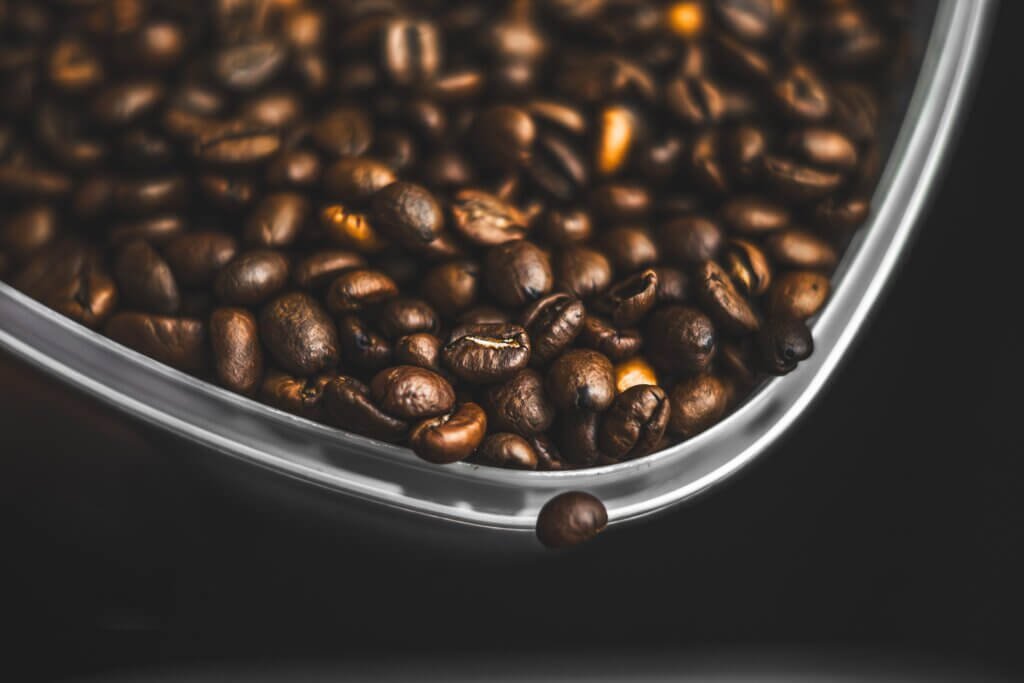
Timing and Controlling the Extraction
Understanding Extraction Time
Extraction time refers to the duration for which water is in contact with the coffee grounds during the brewing process. It directly affects the strength, flavor, and characteristics of your coffee. Under-extraction occurs when the water has not had enough time to extract the desired flavors, resulting in a weak and underwhelming brew. Over-extraction happens when the water remains in contact with the grounds for too long, leading to bitterness and unpleasant flavors.
Factors Affecting Extraction Rate
Several factors influence the extraction rate, including grind size, water temperature, and brewing method. Finer grinds tend to extract more quickly, while coarser grinds require more time. Higher water temperatures facilitate faster extraction, but it’s crucial to strike the right balance to avoid over-extraction. Additionally, different brewing methods have different optimal extraction times. Understanding these factors and making adjustments accordingly will help you achieve the perfect extraction and flavor.
Controlling Extraction for Optimal Taste
To achieve optimal taste, it’s important to control the extraction process. Start by timing the duration for which water is in contact with the coffee grounds and adjust it based on the desired strength and flavor. Taste your coffee throughout the brewing process to determine the ideal extraction point. If it tastes under-extracted, consider increasing the brew time, and if it tastes over-extracted, decrease the brew time. By actively monitoring and controlling the extraction, you can fine-tune your coffee to your personal preference.
Minding the Brew Strength
Dilution for Desired Strength
If your brewed coffee is too strong for your liking, there are ways to dilute it and adjust the brew strength. You can add hot water to your coffee, gradually increasing the amount until you reach the desired strength. Diluting the coffee allows the flavors to mellow out without compromising the overall balance. Experiment with different dilution ratios until you achieve your perfect cup.
Adjusting Coffee-to-Water Ratio
The coffee-to-water ratio plays a significant role in determining the brew strength. Increasing or decreasing the amount of coffee grounds in relation to the water will directly impact the strength of your brew. If you prefer a stronger cup, consider adding more coffee grounds, and if a milder cup is your preference, reduce the amount of coffee used. Adjusting the coffee-to-water ratio allows you to tailor the brew strength to your liking.
Experimenting with Brew Strength
Finding the perfect brew strength is a matter of personal preference. Experimenting with different ratios, dilution techniques, and brewing methods will help you discover the strength that suits your taste buds. Keep a record of your preferred ratios and adjustments, and don’t be afraid to step outside your comfort zone and try something new. Embrace the journey of discovering your perfect cup of coffee.
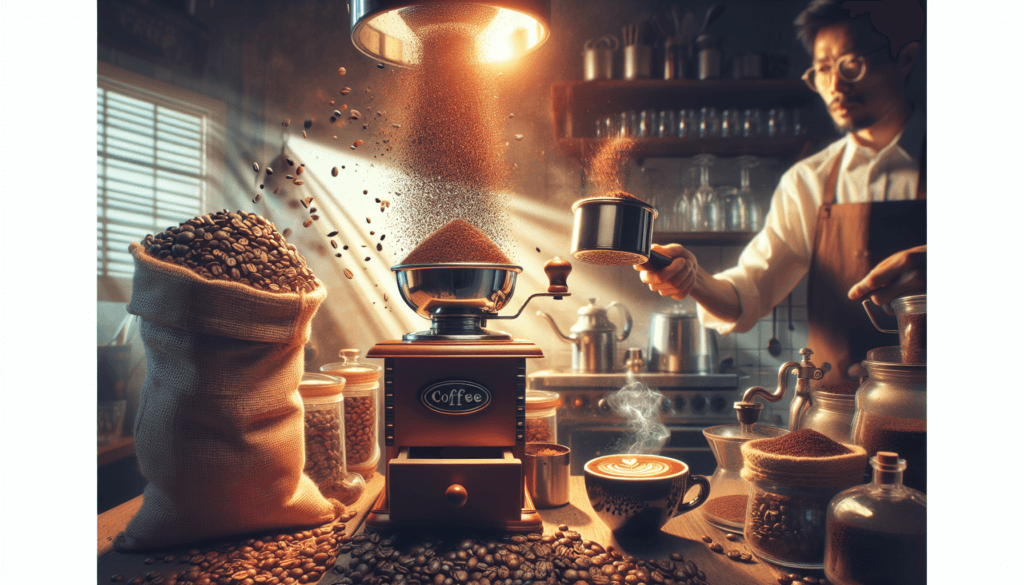
Implementing Best Brewing Practices
Using Clean Equipment
To ensure the best brewing results, it’s crucial to use clean and well-maintained equipment. Residue and oils from previous brews can accumulate and affect the flavor of your coffee. Regularly clean your coffee maker, grinder, or French press according to the manufacturer’s instructions. This simple practice will ensure that your equipment is in optimal condition and that your coffee tastes clean and delicious.
Avoiding Stale Coffee
Using fresh coffee beans is essential for a flavorful and aromatic brew. Stale coffee loses its natural oils and flavors, resulting in a lackluster cup of coffee. To avoid using stale coffee, purchase whole beans and grind them just before brewing. Additionally, store your coffee beans in an airtight container, away from light, heat, and moisture. By prioritizing freshness, you can enjoy the full flavors and aromas of your coffee.
Storing Coffee Properly
Properly storing your coffee is crucial for maintaining its quality and flavor. As mentioned before, store your coffee beans in an airtight container to prevent exposure to air, which can lead to oxidation. Keep the container in a cool, dark place, away from direct sunlight, heat, or moisture. Avoid storing coffee in the refrigerator, as it can introduce moisture and affect its flavor. With proper storage, your coffee beans will stay fresh and vibrant for longer.
Adding Personal Touches
Experimenting with Additives
While a perfectly brewed cup of coffee can stand alone, adding personal touches with various additives can elevate your coffee-drinking experience. Experiment with adding a dash of cinnamon, vanilla extract, or a sprinkle of cocoa powder to your coffee. These additives can complement and enhance the natural flavors of your brew, allowing you to customize your cup to your taste preferences.
Exploring Alternative Brewing Techniques
The world of coffee offers a multitude of brewing techniques beyond the traditional methods. Explore alternative brewing techniques such as cold brew, AeroPress, or Turkish coffee to expand your coffee horizons. Each method offers unique flavors and characteristics, allowing you to discover new favorites and broaden your coffee knowledge. Don’t be afraid to step outside your comfort zone and embrace the endless possibilities.
Creating Latte Art
For those who enjoy the visual appeal of their coffee, experimenting with latte art can be a fun and creative way to add a personal touch. With practice and a steady hand, you can create intricate designs on the surface of your milk-based coffee beverages. Pouring techniques, milk froth consistency, and the tools used all play a role in achieving beautiful latte art. Let your creativity shine and surprise yourself with your artistic abilities.
In conclusion, making the perfect cup of coffee requires attention to detail, quality ingredients, and a willingness to experiment. From choosing the right coffee beans to mastering the brewing techniques, every step plays a crucial role in achieving a flavorful and satisfying cup. Embrace the journey of discovering your preferences and enjoy the process of creating your perfect cup of coffee.
